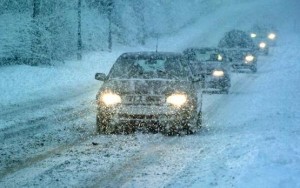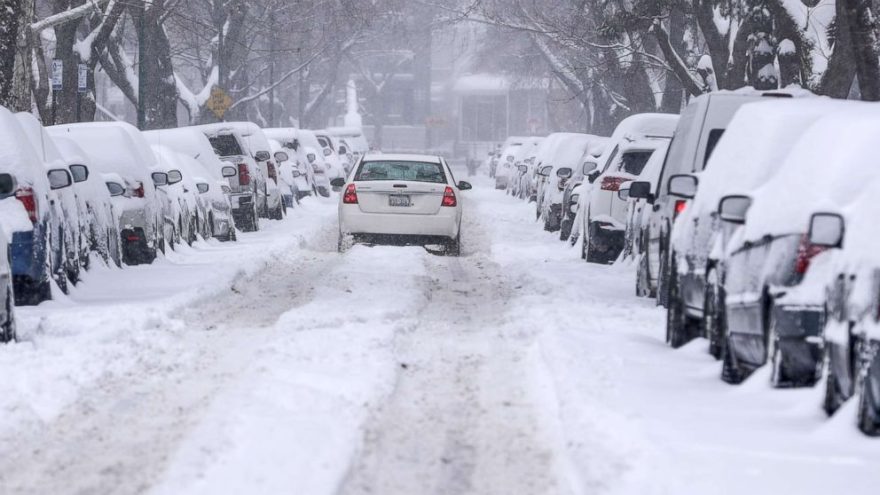Snow is not something you really want to drive on but sometimes it can’t be helped. Following a few safety tips will help you cope with the slippery conditions better.
Firstly make sure you have a set of winter tyres with an M+S rating (Mud and Snow). The next best option is all season tyres but if you only have summer tyres, make sure they have at least 3mm of tread left.
In most cases, if you are travelling at low speeds in low-grip environments, it is useful to reduce your tyre pressure by 5pis – this will increase the footprint and improve traction. Remember to re-inflate the tyres when speeds increase or conditions improve – a poorly inflated tyre is lethal at speed!
Many modern automatic cars have a snow mode that will change up gears quicker to reduce wheel torque, and some will change down sooner too to improve engine breaking. Some cars even have a snow mode for the engine, which numbs the responses and reduces torque, making driving easier.
Most modern cars now have ABS which allows the driver to steer under heavy braking in normal conditions. In snow however, it doesn’t allow a retarding build up of snow in front of the tyres and can actually increase breaking distances over non-ABS cars so be aware of this.
If your car has traction aids, practice using them at low speed on a safe road to familiarise yourself with their effects – some feel counter-intuitive but can save lives, others can actually be detrimental to traction in the snow. Knowing in advance what does what can mean the difference between avoiding an accident or ending up in a crash.

Along with single lane un-gritted B-roads and tracks, the most difficult roads to encounter in snow are probably those on a hill. To climb a slope in the snow there are two key factors: momentum and traction. If you can take a run up to help gain traction, that will be useful. Use a high gear and low revs (which reduces the amountof torque going to each wheel and thus reduces the chance of the them spinning). With many cars, particularly diesels, you can let the car crawl up the slope in 1st or 2nd gear with the clutch out and no throttle.
Descending a slope is all about control and keeping momentum as low as possible. Select first gear and then release all pedals. This allows the car to use engine braking, which is smoother than sharp, modern, power-assisted brakes. Because diesels have much higher compression, they have more engine braking. While useful, it is sometimes too much for steep descents, in which case change to second gear. Try to avoid using the brakes, and above all, do not panic. As soon as a wheel locks, its retardation effect is dramatically reduced and it cannot steer. If your rear wheels lock, the vehicle is likely to spin. If the front wheels lock, you will loose steering and maintain whatever trajectory you started with.
Remember that the ability of the driver is more important than the car they are driving. A well driven front wheel drive car can go further in snowy conditions than a poorly driven SUV.
Always brake gently and progressively in snow – if the wheels lock, simply reduce the brake pressure until they regain traction. Use engine braking when possible .
Additionally, always steer smoothly and do not apply too much lock. If you feel the front sliding wide, smoothly reduce the lock. Always steer into a skid but do not over-react otherwise you will end up with a dangerous pendulum effect.
Most importantly, pick a good route, think ahead and stay safe.
Handy PDF’s ‘Winter Survival Guide for your Car’ and ‘Winter Driving Tips’ are available for download at Car-Skin Winning Formulas – the car care products specialists. They sell car cleaning and detailing products that are excellent for protecting your vehicle’s condition throughout the winter months.







